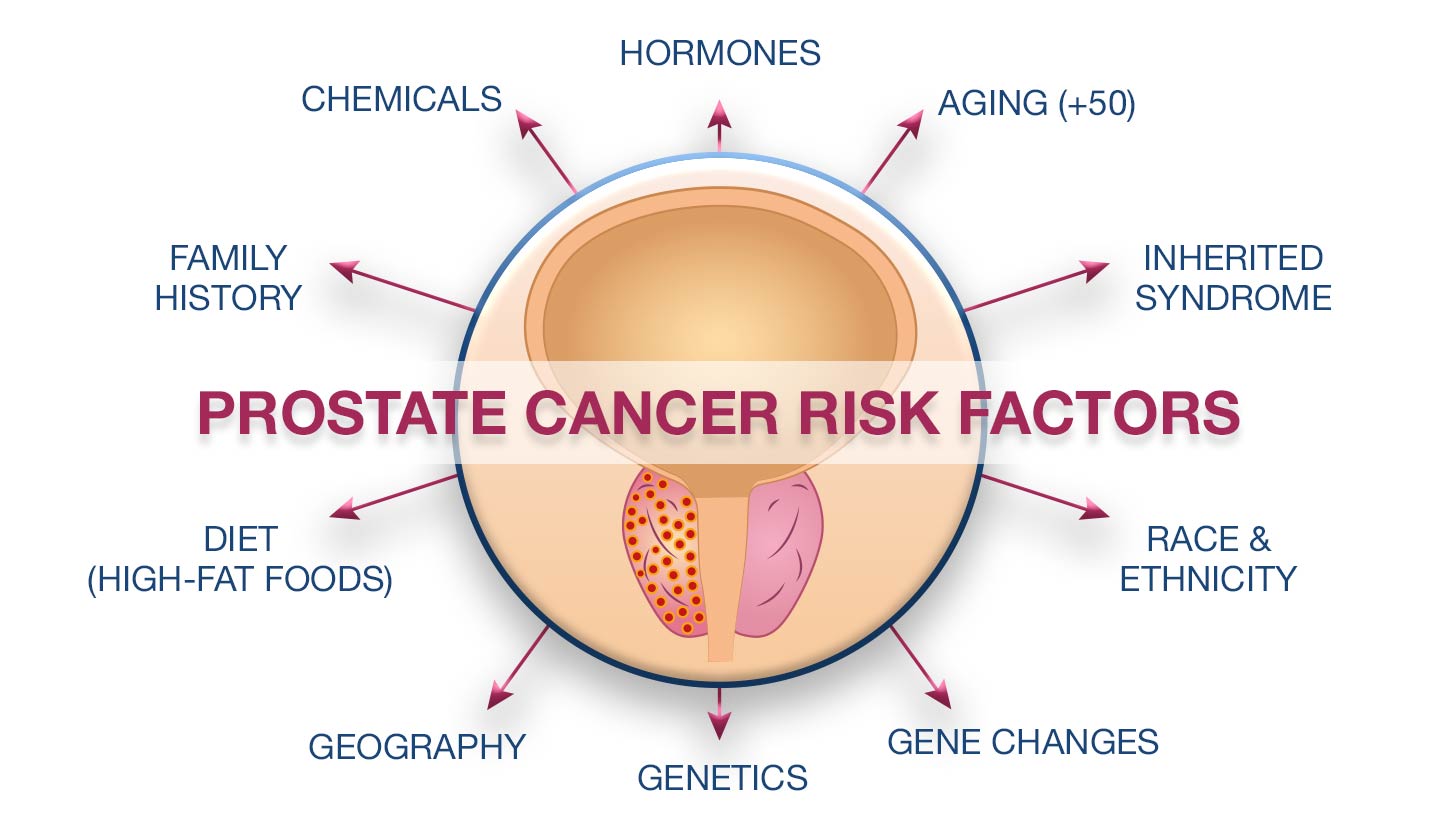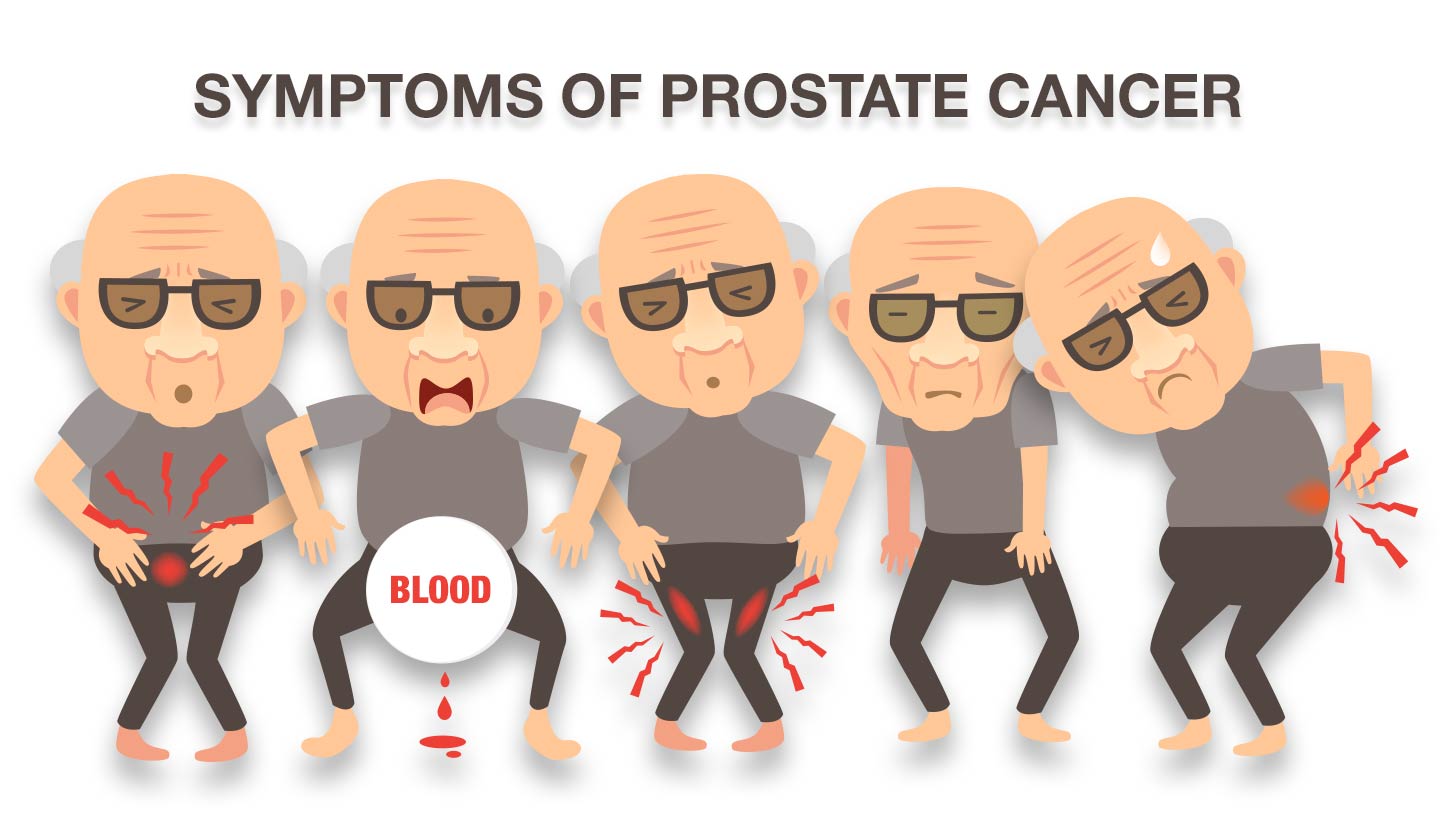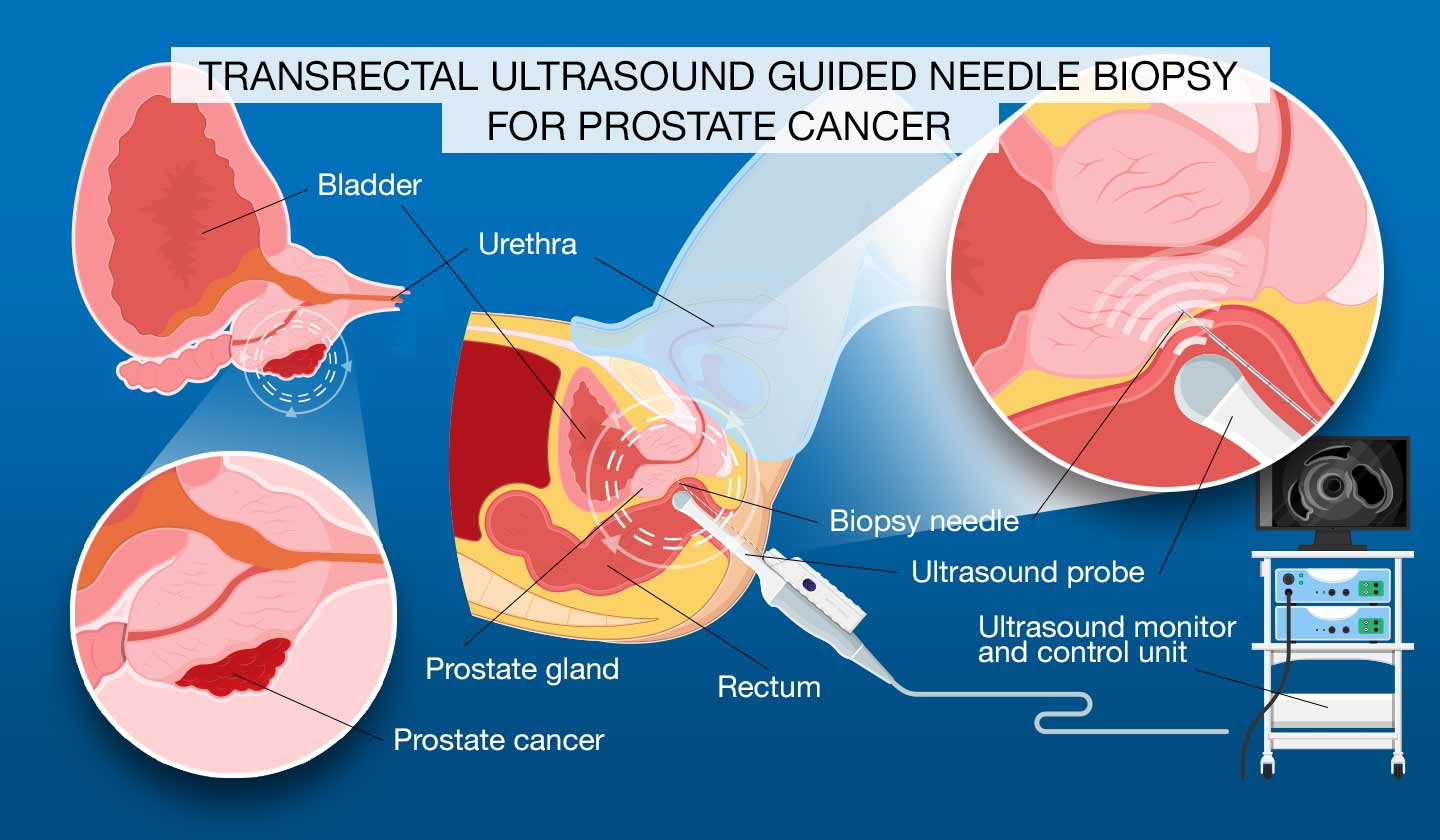Urinary tract
Prostate Cancer

Prostate carcinoma (PCa) is one of the most frequent tumors in men, its incidence increasing with age, particularly after the age of 50.
The geographical incidence of this cancer is variable, with high levels in northwestern Europe and the United States and low levels in East Asia.
In Portugal, prostate cancer ranks third in the incidence of oncological diseases and second in mortality rate.
Despite screening or early diagnosis campaigns, 50-70% of patients may have advanced localized and/or metastatic disease at the time of diagnosis.

Risk Factors
Several risk factors have been cited to account for the different incidence at the clinical level, including:
- diets high in saturated fat and red meat ;
- deficient intake of some trace elements such as selenium, vitamin E and isoflavonoids (found in soy and legumes)
- environmental contaminants (cadmium);
- the lack of protection provided by sun exposure
- family history of prostate cancer (first-degree relatives) is also a risk factor, and these men have a higher risk, between 2.1 and 2.8%, of developing the disease.

Symptoms
Most tumors in the localized stage have no symptoms. They only appear when there is an increase in prostate volume, which happens in an advanced stage, or due to Benign Prostatic Hyperplasia, which often coexists.
Urination complaints are the main symptom of the disease, and the urinary symptoms may be irritative or obstructive. Most patients go to the doctor for irritative complaints (imperiosity, urge incontinence, polakiuria, dysuria, nocturia and suprapubic pain), which are the most bothersome and interfere most with quality of life.
Other types of symptoms may also appear, namely:
- Hemospermia - blood in the semen
- Hematuria - blood in the urine
- Pain when urinating
- Pain in the perineum
- Intestinal alterations
- Appearance of edema of the lower limbs and scrotum, when there are metastases in the pelvic ganglia
- Localized pain of variable intensity and the possibility of pathological fractures when there are bone metastases, osteoblastic or osteoclastic
- Symptoms of generalized disease: asthenia, anorexia, anemia, weight loss, among others.

Diagnosis
The diagnosis goes through several stages, the first being the clinical history, which should be as detailed as possible. The tests usually performed, in a first approach, are: the general physical examination, which includes the rectal touch, to detect the presence of a lump or change in the consistency or shape of the gland and the blood levels of prostate specific antigen (PSA).
It is important to emphasize that there may be prostate tumors, namely the more undifferentiated and therefore more aggressive ones, with PSA values within the values considered normal (0 to 4 ng/mL), so the rectal touch is a fundamental test for the diagnosis of PCa.
In case of a suspicious rectal touch and/or an elevated PSA result, an ultrasound-guided biopsy is necessary to confirm the diagnosis, which is performed with the aid of a transrectal ultrasound of the prostate gland.
After the evaluation of the results and once the diagnosis is confirmed, the doctor may request other exams, to evaluate the patient's general condition and the existence of metastases, namely: chest X-ray, thoracic CT, abdominal CT, bone scintigraphy, among others.
Treatment
Selection of the most appropriate treatment is based on several factors: patient age/life expectancy, PSA value, Gleason score, clinical stage of disease, comorbidities and patient preference.
The preferred treatments for localized cancer are radical prostatectomy (surgical removal of the prostate) and radiation therapy. Other treatment options include surveillance, cryotherapy and HIFU (high intensity focused ultrasound).
Prostate Cancer Prevention
As a disease that is as common as it is unpredictable, it cannot be said that there is a formula that guarantees that it will not manifest. However, some studies indicate that certain measures can help prevent prostate cancer:
- Adopt a diet rich in fruits and vegetables
- Avoid saturated fats
- Practice regular physical exercise
- Perform periodic medical check-ups, especially after the age of 40/50.
Early Diagnosis of Prostate Cancer
With the natural increase in life expectancy, it is estimated that in the future about 40% of men over 50 years will suffer from carcinoma of the prostate.
It is therefore important that men try to screen for this pathology by performing PSA and rectal examination.
Programs for early detection of prostate cancer have the advantage of detecting the tumor earlier, when it is not yet widespread, thus allowing for the earliest possible intervention.
In recent years, detection of PCa in organ-confined disease has increased in developed countries, partly due to screening campaigns and early detection.
Screening is a screening process, carried out for the purpose of detecting early forms of the disease in asymptomatic individuals. It allows detection of the disease at a pre-clinical stage, enabling earlier initiation of therapy, reducing mortality and morbidity.
Early diagnosis has the same purpose as screening, but is aimed at a target population, individuals with symptoms and signs and/or genetic or race risk groups and/or certain age groups.
Clinical practice has shown that the combination of rectal touch and serum PSA levels are the most cost-effective method of early detection, with transrectal ultrasound of the prostate reserved for individuals with high PSA levels and/or abnormalities detected on rectal touch. For all of them, the diagnostic confirmation test is prostate biopsy.
The American Cancer Society recommends rectal examination and total PSA annually in men over the age of 50 with a life expectancy of at least 10 years. Men at high risk for prostate cancer, black and/or with a family history of PCa, should begin annual exams at 40 years of age.
Sources
www.apurologia.pt
www.mayoclinic.com
www.uroweb.org
www.msdmanuals.com
Também lhe poderá interessar
Urinary tract






